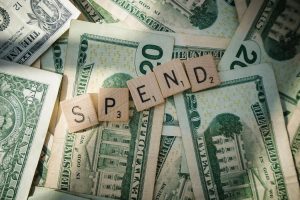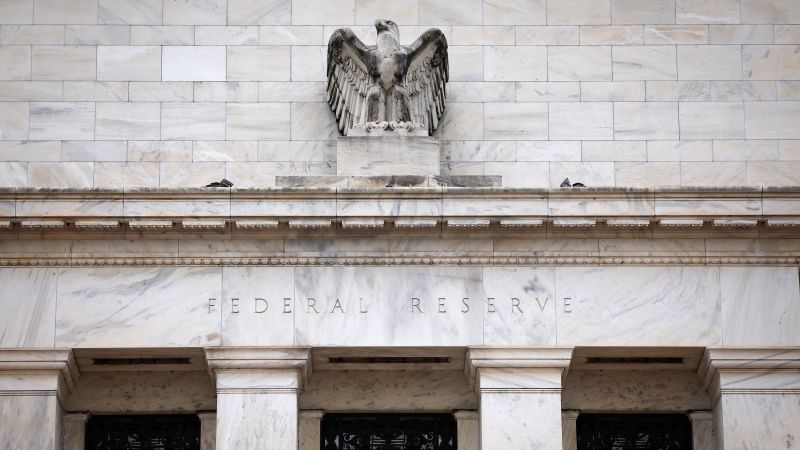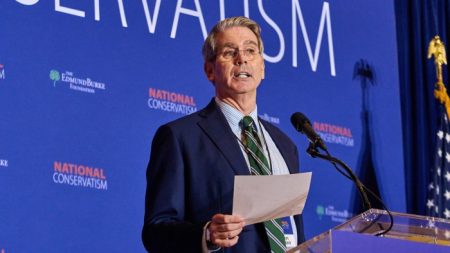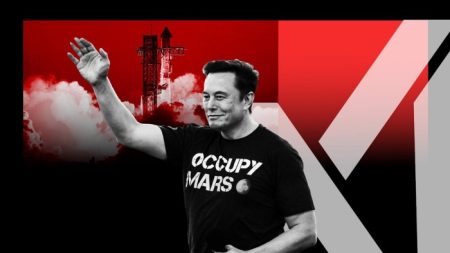A version of this story first appeared in CNN Business’ Before the Bell newsletter. Not a subscriber? You can sign up right here. You can listen to an audio version of the newsletter by clicking the same link.
The past month’s economic data has highlighted the persistent, sticky nature of inflation and the resilient strength of the labor market in the United States.
Economists say that could mean more rate hikes from the Federal Reserve are coming, but investors appear sanguine.
May saw payrolls increase by almost double the average monthly gain in the 10 years before the pandemic, while the Federal Reserve’s preferred inflation gauge bounced higher in April. Spending also remains strong.
In this good-is-bad economy, strong employment and higher wages mean higher inflation as companies pass on increased labor costs by raising the price of goods.
That makes it more difficult for the data-dependent Federal Reserve to justify a pause to interest rate hikes at its June meeting.
But while investors would typically worry that a strong jobs report could fuel further rate increases, Wall Street is still betting on a Fed pivot around the turn of the year.
Investors are pricing in an 80% chance of a pause in June and a 40% chance of rate cuts by December, according to CME’s FedWatch. By January, 2024, the odds of a cut rise above 60%.
So are markets overoptimistic?
Before the Bell spoke with Seema Shah, chief global strategist of Principal Asset Management, about the divergence between Wall Street, the economy and the Fed.
This interview has been edited for length and clarity.
Before the Bell: Do Friday’s employment numbers make it more difficult for the Federal Reserve to justify a pause in rate hikes at their June policy meeting?
Seema Shah: June is tough to call at the moment. The headline figures for the labor market are really strong but the unemployment rate rose and wage growth has slowed. If policymakers are looking for a caveat, and it seems like Powell wants to pause in June, this will give them a perfect excuse.
Still, a lot of the data focused on the labor market is showing some very strong resilience. And you throw that in with the high inflation numbers that have been coming out recently and there’s a clear picture of economic strength. There are segments of the economy like manufacturing which are struggling, but other parts, like services, are still very strong. And as long as the labor market in particular is adding jobs at this level, it’s very difficult to see a scenario where inflation can come even close to a 2% level. Even getting it below 3% is going to be very difficult this year. So I think there’s a very strong case to be made that there will be another hike in the next two meetings.
Some investors are still betting on a rate cut this year. How realistic do you think that is given recent data?
It seems incredibly unrealistic. The labor market is typically the most lagging indicator within a slowdown. It’s usually the last to fall and when it falls, it typically spirals fairly quickly. I think that’s what a lot of people are hanging their hat on: In the fourth quarter of 2023 you’re going to see a very sudden deterioration in the labor market. Maybe that is possible. But at this stage it’s incredibly unlikely that there will be enough weakness in the labor market to push inflation down suddenly. Our view is that there won’t be any rate cuts this year. The market just needs to price that out.
Why do you think that inflation seems so impervious to the Fed’s rate hikes?
It has been very strange and certainly our own expectations were that the labor market would deteriorate more than it has. It’s a surprise to everyone out there.
The surge in labor demand was so strong post-pandemic and that is still sticking, and if you look across the service sector — if you go into a restaurant or a hotel or a retail shop — it’s very evident that there’s still a lack of labor supply at this stage. So even as you start to see labor demand dropping that won’t necessarily imply job losses, so you need to see more weakness than typical for employers to start getting rid of jobs.
But this is a bit of a rolling slowdown, you have seen some sectors struggling and some sectors doing really well. So in some sectors, you are hearing about job losses, but it’s just not a blanket situation, and certainly the service side is just so strong.
The strength of the consumer is also still there — they still have about half a trillion dollars left in excess savings. So you have a strong consumer and strong labor market essentially supporting each other for the time being.
Are investors and the Fed aligned on where rate hikes should go?
There is a lot to be said about the lagged impact of rate hikes, and for the Fed to take the time to digest what the impact is, but they are getting to the point where a policy error is very easy to make. As you move towards the end of the cycle, there’s going to be a ton of market volatility around expectations for rates, and I think the Fed will be looking through a lot of that market noise. Markets are still pricing in rate cuts this year and that has to be priced out.
One of the key criticisms of the Fed over the last two years has been communication. And Fed speakers gave such a clear indication of what they wanted to do in June last week ahead of an important jobs report, which was slightly bizarre. It’s a dangerous policy to prepare the market and give forward guidance when you’re very data dependent.
Americans are very good at spending money.
The strength of the US consumer is a prime reason that the country’s economy remained afloat as the Federal Reserve hiked interest rates 14 times and as geopolitical tensions envelop Europe, Asia and the Americas.
The resiliency of shoppers has also taken the economy safely through a banking and debt ceiling crisis.
But that might not be the case for much longer, Bank of America CEO Brian Moynihan told CBS’ “Face the Nation” on Sunday.
Americans “were earning more money and they were spending it, what you’re seeing is that’s dipping down,” he said.
Moynihan said the Fed’s tightening policies has “had its effects.” Consumer spending for Bank of America customers is slowing down year-to-date.
“That level is more consistent with a 2% growth economy and a 2% inflation economy, not a 4% inflation level economy,” Moynihan added.
Saudi Arabia announced Sunday that it would cut oil production by another 1 million barrels per day for at least a month starting in July. The decision is part of an effort by the OPEC+ group of producers to increase oil prices.
What’s happening: Oil has had a rough year. Global prices have fallen as demand sputtered in the United States and China — the two largest economies in the world.
After spiking above $130 a barrel in March 2022, Brent crude oil prices, the global benchmark, have nearly been cut in half, report my colleagues Mark Thompson and Michelle Toh. Brent is down about 11% since the start of the year.
That’s bad news for Saudi Arabia, which possesses about 17% of the world’s proven petroleum reserves and is in the middle of an extraordinarily expensive endeavor to transform its economy through its Vision 2030 program.
“This is a Saudi lollipop,” Prince Abdulaziz bin Salman, the kingdom’s energy minister, was quoted by Reuters as telling a news conference about the cuts. “We wanted to ice the cake. We always want to add suspense. We don’t want people to try to predict what we do.”
The plan appears to be working, at least for now. Brent crude increased 1.8% to $76 per barrel. WTI, the US benchmark, rose 2.4% to $73.50 per barrel.
Read the full article here













